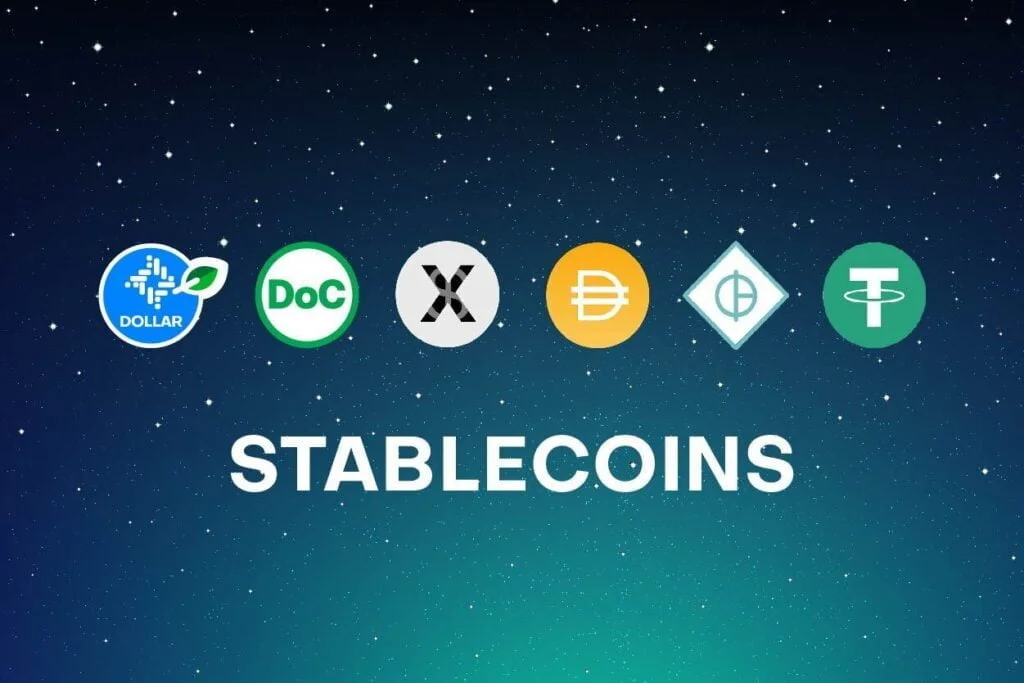Tobias Adrian, director of the IMF, thinks that algorithmic stablecoins are too risky for holders and may see additional sell-offs.

In the midst of the continuing crypto winter, the director of capital markets at the International Monetary Fund (IMF) predicts that there may be other “coin offers” that fail, including algorithmic stablecoins.
Tobias Adrian, the IMF’s head of monetary and capital markets, said that some coin offers, particularly algorithmic stablecoins, would continue to fail in an interview with Yahoo Finance on July 27.
“We could see further selloffs, both in crypto assets and in risky asset markets, like equities… there could be further failures of some of the coin offerings — in particular, some of the algorithmic stablecoins that have been hit most hard, and there are others that could fail.”
In addition, the IMF director mentioned on Wednesday that he perceived “certain weaknesses” for specific fiat-backed stablecoins, including Tether, which he asserts is not “backed one to one” with the US dollar (USD).
Adrian said that in order to properly safeguard investors, stablecoins require a “global regulatory framework.” Adrian said that while determining whether each cryptocurrency is a security or not would be challenging, authorities should first concentrate on making sure that cryptocurrency exchanges and wallet providers thoroughly research cryptocurrencies before promoting them.
The most noteworthy algorithmic stablecoin to have lost its price peg, wiping approximately $40 billion in market value in May, is Terra USD (UST), now known as TerraClassicUSD, which is now trading at $0.04 USD.
Tron’s algorithmic stablecoin USDD also saw price drops to as low as $0.91 in June, but it was able to recover after adding $700 million worth of USDC to its reserves.
The DEI stablecoin, issued by Deus Finance, fell to $0.18 in May as well.
Sam Kazemian, the company’s creator and the man behind the FRAX stablecoin, stated earlier this month that he thinks solely algorithmic stablecoins “simply don’t work.”
The statement made by Kazemian was that “decentralized on-chain stablecoins […] need to have [conventional] collateral.”
